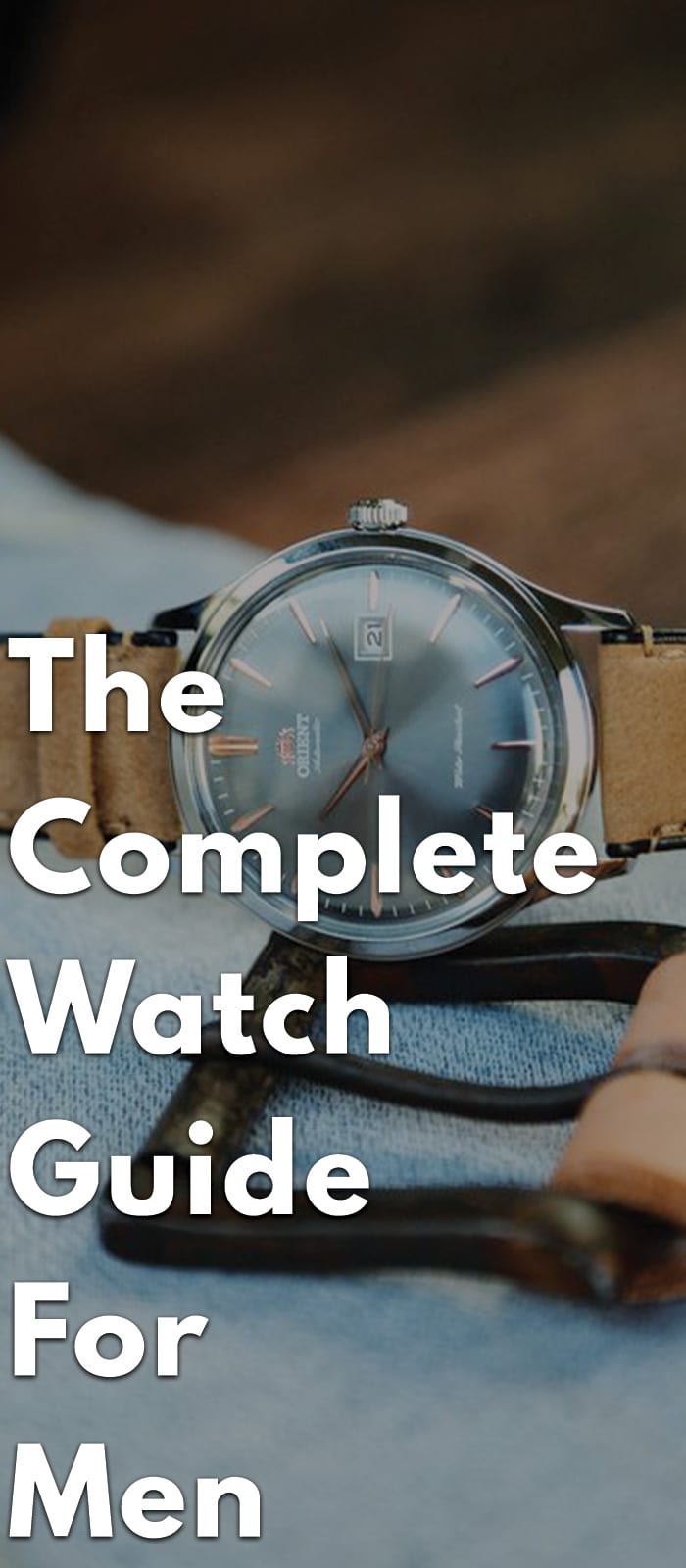How Much Should You Spend On A Watch? A Practical Guide

Table of Contents
Defining Your Budget and Lifestyle
Before diving into specific brands and models, it's crucial to assess your lifestyle and set a realistic budget. These two factors heavily influence the type of watch you need and can afford.
H3: Assessing Your Lifestyle:
What will you primarily use your watch for? This seemingly simple question dictates the necessary durability and features.
- Formal Events: A classic dress watch with a leather strap, perhaps from a brand like Tissot or Longines, might be suitable. These typically fall within the mid-range price point.
- Everyday Wear: A robust and versatile quartz watch, or a more affordable automatic, from brands like Seiko or Citizen, could be ideal for daily use. These are known for their reliability and affordability.
- Sports and Outdoor Activities: A durable sports watch with features like water resistance (at least 100m), a chronograph, and possibly GPS functionality, would be necessary. Consider brands like Casio G-Shock or Suunto, which offer excellent value in this category.
- Smartwatch Functionality: If you need smart features, consider Apple Watch, Samsung Galaxy Watch, or other smartwatches. These often integrate seamlessly with modern technology but might lack the traditional watch aesthetic.
The importance of durability and water resistance cannot be overstated. If you lead an active lifestyle, investing in a watch with higher water resistance and scratch-resistant materials is essential.
H3: Setting a Realistic Budget:
Honesty about your financial situation is key. Determine a price range that aligns with your overall financial priorities.
- Budget-Friendly (<$300): This range offers a wide selection of reliable quartz watches with basic functionality.
- Mid-Range ($300-$1500): This bracket opens doors to entry-level automatic watches, some more advanced quartz models, and watches from established brands.
- Luxury (>$1500): This category encompasses high-end automatic watches, those with complications (chronographs, moon phases, etc.), and luxury brands.
Saving for a watch over time can be a rewarding experience. Consider setting aside a small amount each month to gradually build toward your dream watch.
Understanding Watch Value and Resale
While not always the primary consideration, understanding how a watch’s value might appreciate or depreciate over time is wise, especially for higher-priced timepieces.
H3: Brand Recognition and Value Retention:
Certain brands are known for better value retention than others.
- Strong Resale Value: Rolex, Omega, Patek Philippe, and Audemars Piguet are luxury brands renowned for their excellent resale value. Investing in one of these can be a sound financial decision, but also comes with a significant initial investment.
- Lower Resale Value: Many fashion brands and less established watchmakers offer stylish watches but often experience greater depreciation.
Thorough brand research is essential. Understanding the brand's history, reputation, and collector demand can significantly influence your buying decision and potential resale value.
H3: Watch Movement and Materials:
The movement (the mechanism that powers the watch) and the materials used significantly impact both price and longevity.
- Quartz vs. Automatic: Quartz movements are battery-powered, more accurate, and generally less expensive. Automatic movements are mechanically powered by the wearer's motion, offering a more traditional experience but requiring more maintenance.
- Materials: Stainless steel is a durable and cost-effective option. Titanium is lighter and more scratch-resistant but more expensive. Precious metals like gold significantly increase the price.
These factors influence not just the initial cost but the watch's potential resale value and longevity. A high-quality movement and durable materials will ensure your watch lasts for years to come.
Exploring Different Watch Categories and Features
Beyond budget and value, your choice should reflect your needs and preferences.
H3: Functionality and Features:
Do you need specific features?
- Chronograph: A stopwatch function, increasing price.
- Date Window: A common feature at almost all price points.
- Water Resistance: Crucial for certain lifestyles, affecting price and durability.
- Other Complicated Functions: Moon phase displays, perpetual calendars significantly raise the price.
Consider the features you actually need versus those you want. Often, a simpler watch is both more reliable and less expensive.
H3: Choosing the Right Style:
Personal preference plays a vital role.
- Classic: Traditional designs with simple dials, usually less expensive than highly complex watches.
- Sporty: Rugged designs with enhanced durability, potentially more expensive due to specialized features.
- Minimalist: Clean and uncluttered designs, often at various price points.
A watch should complement your style and be something you'll enjoy wearing for years. Consider your existing wardrobe and accessories when choosing a style.
Conclusion:
Deciding how much to spend on a watch involves careful consideration of several key factors. Budgeting realistically, understanding your lifestyle needs, researching brand value and resale potential, and choosing features and styles that align with your preferences are all crucial aspects of the process. Remember to prioritize long-term value and consider the watch as a potential investment, especially in the luxury segment. Research thoroughly and compare various brands, movements, and features to make an informed decision about how much you should spend on your next watch. Find the perfect watch for your needs and budget today!

Featured Posts
-
 Watch Survivor Season 48 Episode 13 Online Free Streaming Options Explored
May 27, 2025
Watch Survivor Season 48 Episode 13 Online Free Streaming Options Explored
May 27, 2025 -
 5 Essential Movies And Tv Shows To Stream Right Now
May 27, 2025
5 Essential Movies And Tv Shows To Stream Right Now
May 27, 2025 -
 Naybilshi Prodazhi Vinilovikh Plativok Uspikh Teylor Svift
May 27, 2025
Naybilshi Prodazhi Vinilovikh Plativok Uspikh Teylor Svift
May 27, 2025 -
 B C Billionaire Targets Hudsons Bay Leases For New Shopping Mall
May 27, 2025
B C Billionaire Targets Hudsons Bay Leases For New Shopping Mall
May 27, 2025 -
 Coupe De La Caf Decryptage Du Match Nul De L Algerie
May 27, 2025
Coupe De La Caf Decryptage Du Match Nul De L Algerie
May 27, 2025
Latest Posts
-
 Agassi De Las Pistas A Un Nuevo Desafio Deportivo
May 30, 2025
Agassi De Las Pistas A Un Nuevo Desafio Deportivo
May 30, 2025 -
 Marcelo Rios La Admiracion O El Odio De Un Tenista Argentino
May 30, 2025
Marcelo Rios La Admiracion O El Odio De Un Tenista Argentino
May 30, 2025 -
 Controversial Revelacion Tenista Argentino Y Su Opinion Sobre Marcelo Rios
May 30, 2025
Controversial Revelacion Tenista Argentino Y Su Opinion Sobre Marcelo Rios
May 30, 2025 -
 Un Tenista Argentino Arremete Contra Rios Era Un Dios Del Tenis
May 30, 2025
Un Tenista Argentino Arremete Contra Rios Era Un Dios Del Tenis
May 30, 2025 -
 Wie Steffi Graf Und Andre Agassi Im Pickleball Erfolgreich Sind
May 30, 2025
Wie Steffi Graf Und Andre Agassi Im Pickleball Erfolgreich Sind
May 30, 2025
